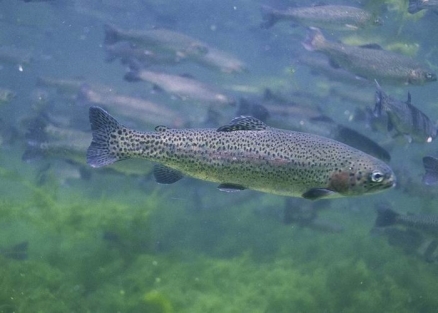Endangered Species Act Issues Regarding Columbia Basin Salmon and Steelhead
Summary
The construction and operation of the Federal Columbia River Power System (FCRPS) have reduced salmon and steelhead populations in the Columbia Basin. In 1991 the Snake River sockeye became the first Pacific salmon stock listed under the United States Endangered Species Act (ESA) as a protected species. Since then, operations of the FCRPS have had to be considered in the context of the ESA. This means that federal operators of the FCRPS, the Bureau of Reclamation, the Bonneville Power Administration, and the Army Corps of Engineers, are required to consult with the National Marine Fisheries Service (NMFS) on how federal actions may impact species. At the end of the consultation, NMFS issues a biological opinion (BiOp) as to whether the action would jeopardize the continued existence of a species or harm its critical habitat. As part of the consultation process, NMFS recommends mitigation measures to avoid harm to listed species. Protective measures for fish often come at a cost in terms of energy generation or irrigation supply, and this tension between natural resources and energy production and irrigation is at the heart of conflict in the Columbia Basin.
Beginning in 1992, a series of BiOps were issued by NMFS. Courts have found almost all of them inconsistent with the ESA. The 2005 BiOp was remanded to NMFS, with the final, updated BiOp released in May 2008. That BiOp is now the subject of a lawsuit. The court reviewing the 2008 BiOp had stated in 2007 that if the final document did not meet ESA standards, the court might vacate the BiOp. This step would mean that any harm to a listed species by FCRPS operations would be an unauthorized “take” under the ESA. In a May 18, 2009, letter to the parties, that court indicated that its “tentative position” was that the 2008 BiOp was inadequate.
The Bonneville Power Administration has offered nearly $1 billion to four Indian tribes to resolve the litigation. However, states, environmental groups, and fishing interests, who also have acted as plaintiffs, were not included in the settlement.
